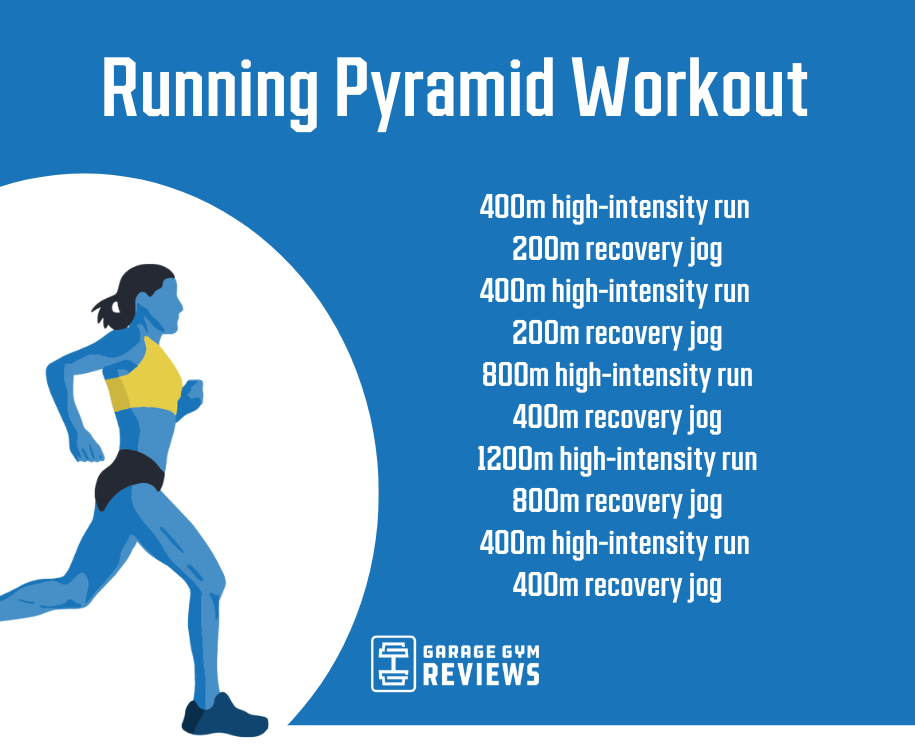Revamp Your Running Strategy: Tips for Improved Efficiency
Revamp Your Running Strategy: Tips for Improved Efficiency
Blog Article
Handling Common Running Discomforts: Causes, Solutions, and Avoidance
As runners, we typically run into various pains that can prevent our performance and pleasure of this exercise. From the incapacitating discomfort of shin splints to the irritating IT band disorder, these usual running pains can be irritating and demotivating. Recognizing the reasons behind these disorders is critical in properly addressing them. By discovering the origin factors for these running discomforts, we can uncover targeted services and safety nets to ensure a smoother and much more meeting running experience (see it here).
Typical Running Pain: Shin Splints
Shin splints, a typical running discomfort, typically result from overuse or inappropriate shoes throughout exercise. This problem, medically called median tibial stress and anxiety syndrome, shows up as pain along the inner side of the shinbone (tibia) and is common amongst athletes and joggers. The recurring stress on the shinbone and the cells attaching the muscular tissues to the bone brings about swelling and discomfort. Runners that quickly boost the strength or duration of their workouts, or those who have flat feet or inappropriate running methods, are particularly prone to shin splints.
To stop shin splints, people ought to slowly boost the strength of their exercises, put on ideal footwear with appropriate arch assistance, and preserve adaptability and toughness in the muscles bordering the shin (running workout). In addition, including low-impact activities like swimming or biking can aid preserve cardiovascular physical fitness while permitting the shins to heal.
Typical Running Discomfort: IT Band Syndrome
Along with shin splints, another prevalent running pain that professional athletes often run into is IT Band Disorder, a condition triggered by swelling of the iliotibial band that leaves the external thigh and knee. IT Band Syndrome normally shows up as discomfort on the outside of the knee, particularly throughout tasks like running or cycling. The iliotibial band is a thick band of fascia that connects the hip to the shin, and when it comes to be inflamed or tight, it can massage against the upper leg bone, leading to pain and pain.
Joggers experiencing IT Band Syndrome may notice a painful or hurting sensation on the outer knee, which can aggravate with ongoing task. Elements such as overuse, muscular tissue discrepancies, inappropriate running type, or poor warm-up can add to the growth of this problem.
Usual Running Discomfort: Plantar Fasciitis

Plantar Fasciitis can be connected to various aspects such as overtraining, incorrect footwear, operating on hard surfaces, or having high arcs or flat feet. To avoid and minimize Plantar Fasciitis, joggers can integrate stretching workouts for the calf bones and plantar fascia, wear supportive footwear, maintain a healthy weight to decrease strain on the feet, and progressively enhance running intensity to avoid sudden anxiety on the plantar fascia. If signs and symptoms continue, it is advised to speak with a medical care specialist for proper medical diagnosis and therapy alternatives to resolve the condition successfully.
Usual Running Discomfort: Runner's Knee
After attending to the challenges of Plantar Fasciitis, an additional prevalent problem that runners usually deal with is Jogger's Knee, a typical running pain that can prevent athletic efficiency and cause discomfort throughout exercise. Jogger's Knee, likewise referred to as patellofemoral discomfort disorder, shows up as discomfort around or behind the kneecap. This condition is usually credited to overuse, muscle inequalities, improper running methods, or troubles with the positioning of the kneecap. Runners experiencing this discomfort might feel a dull, hurting pain while running, more about it here increasing or down staircases, or after extended periods of sitting. To avoid Jogger's Knee, it is critical to integrate correct workout and cool-down routines, keep strong and well balanced leg muscle mass, use ideal footwear, and gradually increase running intensity. If symptoms continue, inquiring from a medical care specialist or a sporting activities medicine professional is recommended to detect the underlying reason and establish a customized treatment plan to minimize the discomfort and avoid more issues.
Typical Running Pain: Achilles Tendonitis
Frequently afflicting runners, Achilles Tendonitis is an unpleasant problem that impacts the Achilles tendon, causing discomfort and possible restrictions in exercise. The Achilles tendon is a thick band of tissue that attaches the calf muscular tissues to the heel bone, vital for tasks like running, jumping, and strolling - original site. Achilles Tendonitis typically creates as a result of overuse, improper shoes, insufficient extending, or abrupt increases in physical activity
Symptoms of Achilles Tendonitis include pain and tightness along the tendon, especially in the morning or after durations of inactivity, swelling that worsens with task, and potentially bone stimulates in chronic situations. To avoid Achilles Tendonitis, it is necessary to stretch correctly in the past and after running, wear proper shoes with appropriate support, gradually boost the intensity of workout, and cross-train to lower repetitive anxiety on the ligament. Treatment might entail remainder, ice, compression, elevation (RICE procedure), physical therapy, orthotics, and in serious cases, surgery. Early treatment and appropriate care are important for handling Achilles Tendonitis effectively and stopping long-lasting complications.
Conclusion

Report this page